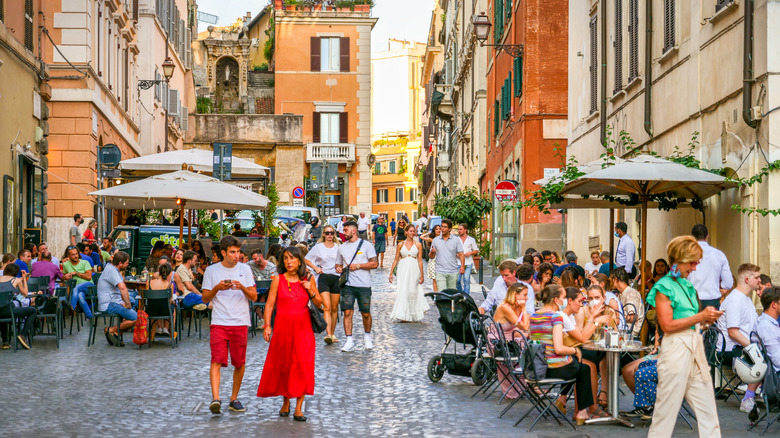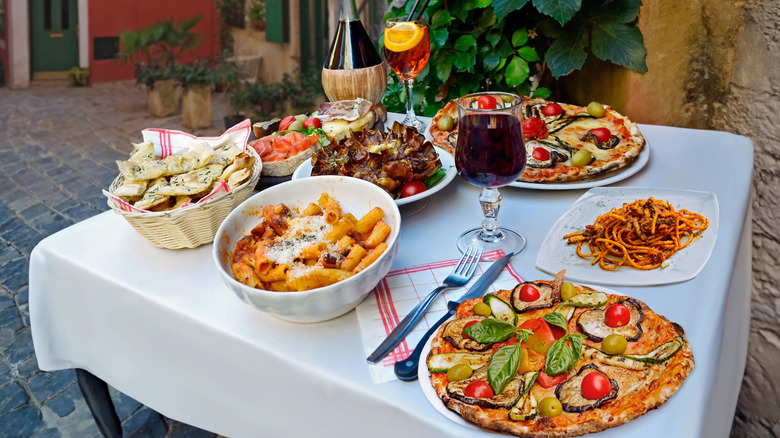Italy is one of the top tourist destinations in the world. Every year, millions of global visitors flock to the cities of Rome, Florence, and Venice, as well as coastal destinations like Amalfi and Cinque Terre and under-the-radar Italian towns outside the big cities. Because Italy is used to welcoming so many tourists, there’s a lot of infrastructure catering to travelers. Shops, restaurants, tours, businesses, and attractions accommodate foreigners in various languages, plus the massive train network and public transportation are a dream to navigate. It’s great to be a tourist in Italy. However, those who stand out as outsiders sometimes face confusing language barriers, inflated prices and scams, and overrated tourist traps. And this can extend to Italian restaurants.
As a tourist, how can you tell that a restaurant in Italy is authentic and not just serving an overpriced version of what they think you want? How can you find top-tier dining experiences enjoyed by Italians? Experienced travelers as well as Italian locals have weighed in on the question, offering advice on how to ascertain whether a restaurant in Italy is worth your time, your taste buds, and your euros. There are a few ways to gauge a restaurant’s authenticity: What time of day the restaurant’s open is usually a pretty good sign, as well as whether a menu has photos, how many languages the menu is in, and even whether there’s a nonna working in the kitchen. Add these secret observational tactics about restaurants to your list of hacks you should know next time you’re a tourist in Italy.
In Italy, pay attention to restaurants’ opening hours
According to some travelers in Italy, a big indication of whether a restaurant is authentic or not is what time the restaurant is open. Italians take an afternoon siesta called riposa in northern Italy and pennichella in southern Italy, every afternoon from about 1 p.m. until 3:30 p.m. or even later. Businesses and many services close, and workers go home for lunch and a nap. Some have described cities turning into “ghost towns” during riposa. It may be inconvenient for travelers at times, but riposa aligns with the Italian lifestyle, built around honoring the health and wellness of one’s physical body and mental faculties. Riposa allows you time to rest, rejuvenate, and regroup for the afternoon and evening ahead. To that end, the most authentic Italian restaurants observe riposa and close for a few hours in the afternoon, a clear indication the place is going to taste legit. It’s common for Italians to have dinner very late, between 8:30 p.m. and 10:30 p.m., and many restaurants don’t even open for dinner until 7 p.m. Many non-tourist restaurants close on Sundays or Mondays as well. Keep this in mind when heading to dinner, and if you don’t have a reservation, you may get lucky by going on the earlier side (around 7 p.m. or whenever the place opens).
Doing preliminary research is helpful when determining which restaurants will offer the most authentic experience, particularly if you’re trying to explore Italy on a budget. Many authentic restaurants in Italy accept reservations – often by phone — and sometimes they book very far out during tourist high seasons. Organize your itinerary, including your meals, and make reservations in advance when you can.




